Pond fishing in Pas-de-Calais: discover the best tips for an unforgettable fishing experience
All the latest news on pond fishing! In this blog, we'll be giving you all the tips you need to prepare for your day's fishing in the heart of the Pas-de-Calais. Would you like to learn more about carnivore fishing, or find out all about pike and roach? Are you a novice and want to learn about trout fishing? Are you passionate about large freshwater specimens and want to become an expert in white fishing? Then you've come to the right place...
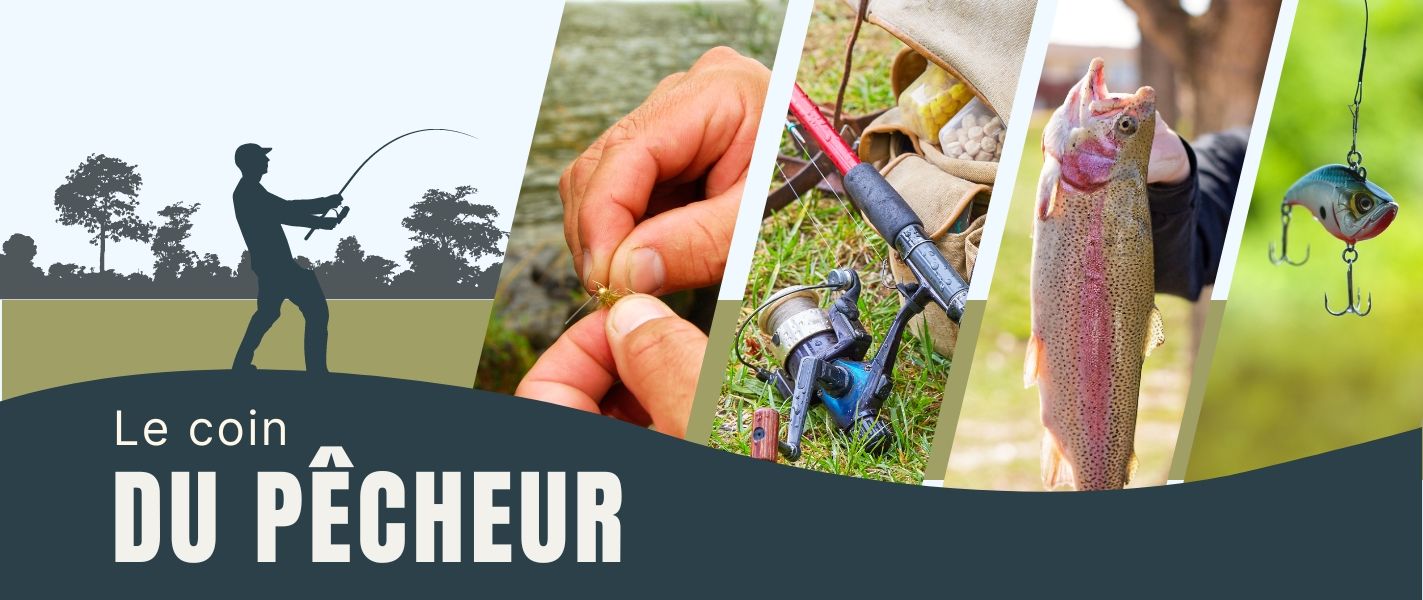

Pike fishing tips
Use the right tackle: Pike are powerful and aggressive fish, so you need sturdy tackle to catch them. Use a sturdy rod, a suitable reel and strong line.
Use suitable bait: Pike are predators and prefer live bait. Use lures such as soft lures, spoons and spinnerbaits to attract pike.
Use the right fishing technique: Pike fishing can be done in a variety of ways, including with a floating line, lure, troll or fly. The most common technique is lure fishing, which involves using artificial lures such as jerkbaits, spinnerbaits, crankbaits or soft lures. Live bait fishing is also very popular, using live fish as bait. Pike hide in shady areas and near obstacles such as rocks and tree trunks. Use a fishing technique by casting your lure near these areas and moving it slowly to attract pike.
Fish on cloudy days: Pike are most active on cloudy days and when the water is choppy. Avoid fishing in hot, sunny weather as pike are less active.
Respect the fishing rules: Make sure you respect the fishing rules in force in the area where you are fishing, in particular the minimum size of fish to keep and closed seasons.
In conclusion, pike fishing is an exciting activity for fishing enthusiasts in France. By following the tips above and fishing during the most favourable periods, you'll have a great time on your own, with family or friends!
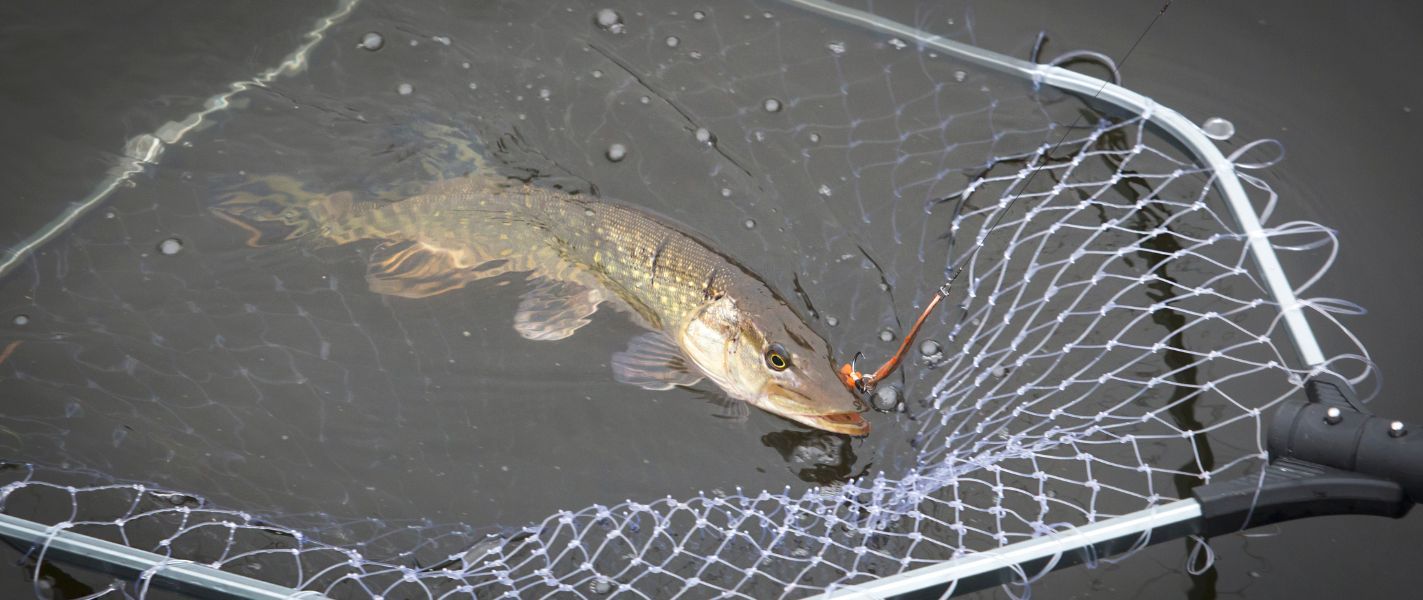
All you need to know about pike fishing:
Pike fishing can be difficult if you don't know when and how to fish. In this article, we'll introduce you to this predator and give you the best times to fish for it in France. Pike fishing is one of the most popular activities for anglers in France. Pike are predatory fish that live in freshwater and are prized for their combativeness.
- Diet: The pike is a voracious predator that feeds on fish, amphibians, crustaceans and insects. It is capable of ingesting fish of its own size and even larger. The pike's most common prey are perch, roach, bream and pike-perch.
- Characteristics: The pike is a large fish that can grow up to 1.50 metres long and weigh over 25 kilograms. It has a powerful jaw and sharp teeth, making it easy to tear apart its prey. The pike is also known for its camouflage, with its green or brownish colour helping it to blend into its surroundings.
Pike can be caught all year round, but certain periods are more favourable than others. The best time to fish for pike is during the spawning period, which runs from March to May. Pike are very active at this time and are looking to reproduce, which makes them more aggressive and easier to catch.
In summer, pike move to deeper areas to escape the heat. It is therefore advisable to fish early in the morning or late in the evening when pike are most active. In autumn, pike move to shallower areas to feed before winter, making this another ideal time for pike fishing.
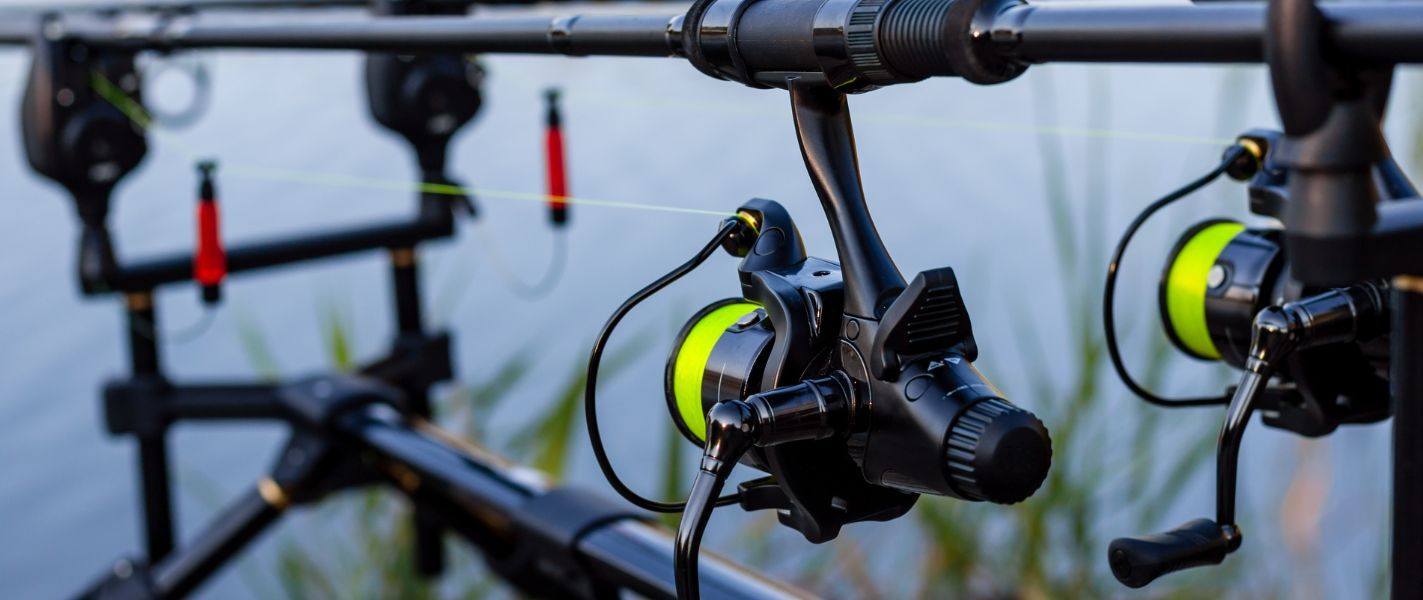
What to fish for in different seasons
Freshwater pond fishing in France is a popular activity for fishing enthusiasts. Ponds offer a wide variety of fish to catch, but each species has its own times and conditions. In this article, we'll take a look at the different species of fish to be caught in freshwater ponds in France, depending on the season.
Spring
In spring, temperatures warm up and fish start to become active. The species of fish to be caught at this time of year are :
Trout: Trout are one of the most popular fish to catch in France. Trout are most active in spring when water temperatures are cooler. Use lures such as spoons and worms to attract trout.
Pike: Pike are predatory fish that become more active in spring during the spawning period. Use lures such as spinnerbaits and swimming fish to attract pike.
Summer
In summer, water temperatures rise and fish move to deeper, cooler areas. The fish species to catch at this time of year are :
Roach: The roach is a small fish that is very active in summer. Use baits such as maggots and worms to attract roach.
Carp: Carp are a popular fish to catch in summer. Use baits such as boilies and sweetcorn to attract carp.
Autumn
In autumn, temperatures start to drop and fish move to shallower areas to feed before winter. The fish species to be caught at this time are :
Pike-perch: Pike-perch are predatory fish that become more active in autumn. Use lures such as soft lures and spoons to attract pike-perch.
Perch: Perch are a popular predatory fish to catch in autumn. Use lures such as spoons and spinnerbaits to attract perch.
Winter
In winter, water temperatures are very low, making fishing more difficult. The fish species to catch at this time of year are :
Catfish: Catfish can be caught all year round, including in winter. Use baits such as dead fish to attract catfish.
Black bass: Black bass can be caught all year round.
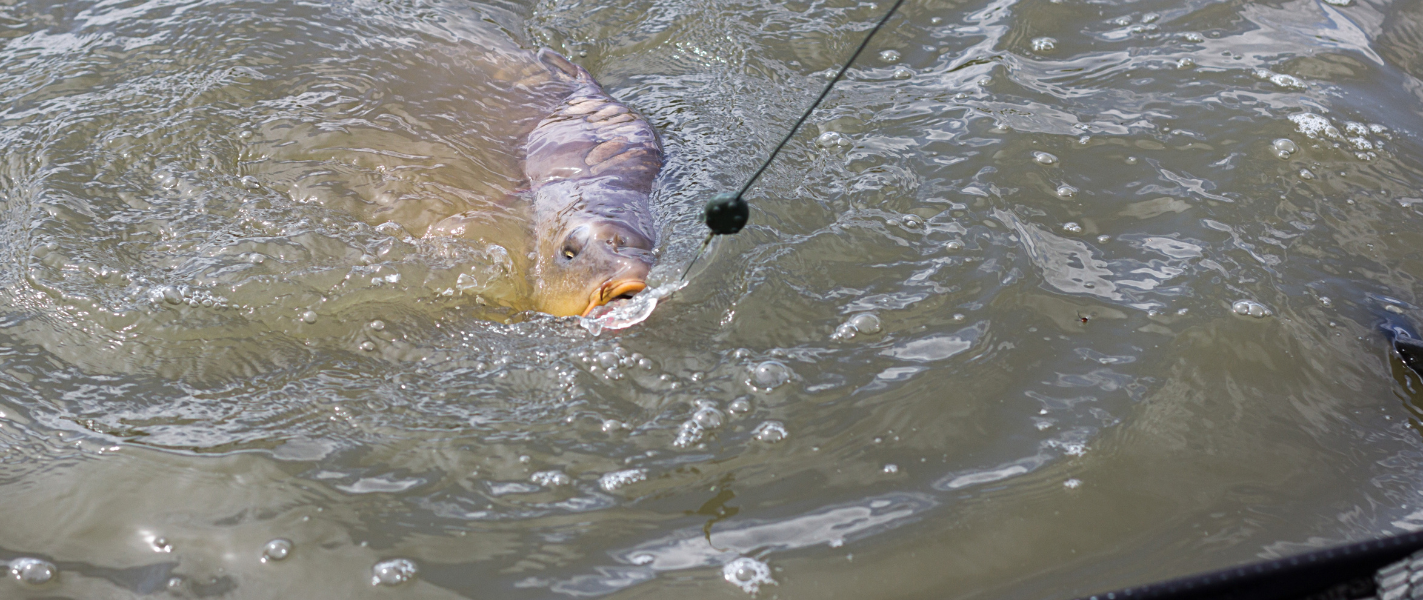
Carp fishing
Carp fishing is a popular activity for pond anglers in France. Carp are strong, fighting fish that can be difficult to catch, but once you have caught one you will be rewarded with an unforgettable fishing experience. In this article, we'll give you some tips and tricks to help you improve your chances of catching carp in a pond in France.
Preparation and equipment
Preparation is key to successful carp fishing. Before you head out to the pond, you need to make sure your equipment is in good working order. You'll need a sturdy rod and suitable reel, strong line, a landing net to catch the fish and a landing mat to put them on before releasing them.
As for baits, carp are known to be attracted to a wide variety of baits, including boilies, sweetcorn, worms, pellets and seeds. You can also use baits to attract carp to your fishing area.
Choice of location
Choice of location is crucial for carp pond fishing. Carp are fish that prefer calm, deep water, so look for areas where the water is deeper and calmer, such as areas near banks or islands. Carp also like areas with vegetation and underwater structures such as rocks or branches, so look for places where there are obstacles in the water.
Fishing techniques
There are various fishing techniques for catching carp in ponds in France. Here are some of the most popular:
Boilie fishing: This technique involves using boilies as bait. This is a ball of flavoured paste that is attached to a hook and placed in the water. You can use a rod and reel for this technique.
Seed fishing: This technique involves using seeds such as sunflower seeds, hemp seeds or lupins as bait. The seeds are placed on a hook and cast into the water. This technique is often used for surface carp fishing.
Feeder fishing: This technique involves using a device called a feeder to distribute bait in the water. The feeder is attached to the fishing line and filled with bait. When the fish bites, it pulls on the line, causing the bait to come out of the feeder.
Additional tips
Here are a few more tips to help you improve your chances of catching carp in ponds in France:
- Be patient: Carp fishing requires patience. You may wait several hours without catching anything, but don't get discouraged. Carp are fish that need time to feed and explore their environment, so be patient and stay focused.
- Be discreet: Carp are wary fish, so avoid making noise or moving suddenly. Try to keep a low profile while fishing.
Use leaders: Carp have highly developed eyesight and can often spot lines. - Using a leader, which is a thinner and more discreet section of line than the main line, can help prevent carp from becoming suspicious of your line.
- Don't forget to release carp: Carp are valuable fish and it's important to release them after you've caught them. Make sure you have a proper landing mat and landing net to avoid injuring the fish during capture and release.
In conclusion, carp pond fishing in France can be an exciting and rewarding activity for fishing enthusiasts. By following these tips and tricks, you'll improve your chances of catching carp and having an unforgettable fishing experience. Don't forget to respect the environment and release the carp after you've caught them.
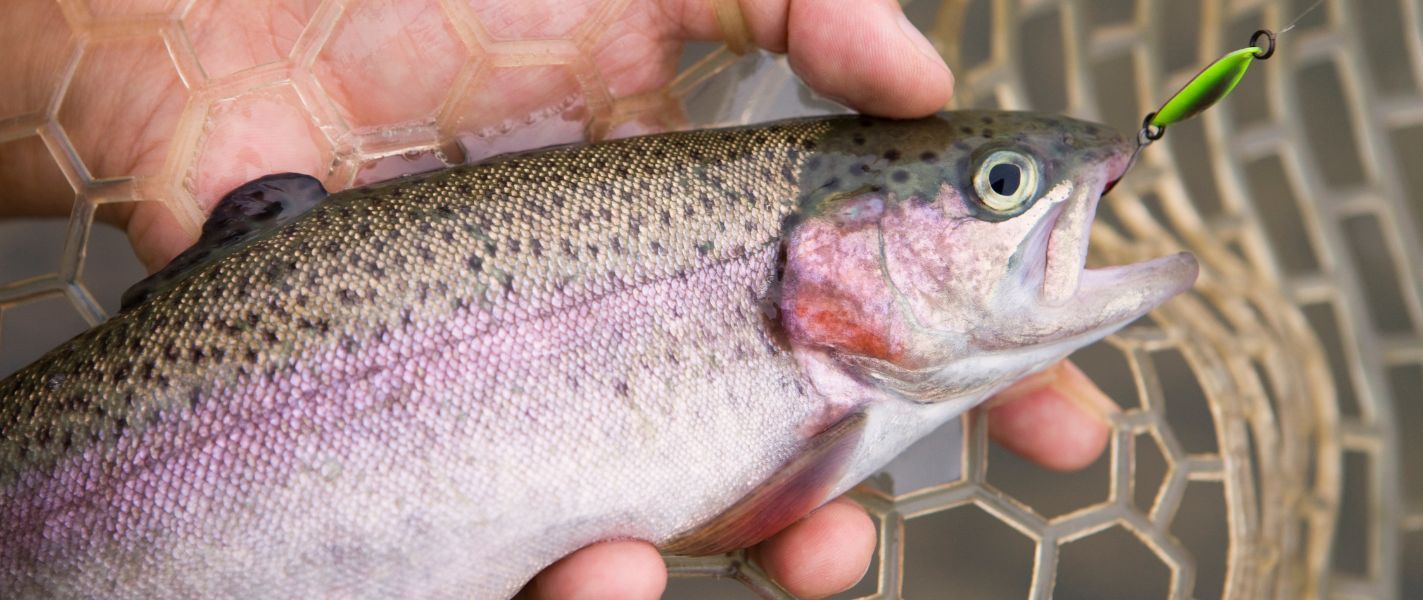
Trout fishing
Going fishing with the family can be a fun and exciting activity, but it's important to make sure you have everything you need before you set off to ensure a successful day. Whether you're a beginner or an experienced angler, here's a list of things to remember when you go trout fishing as a family on a private pond in France:
The fishing fee: to plan a good day's trout fishing on the campsite, you need to pay the fishing fee. Finally, we advise you to book your fishing trip in advance to make sure the ponds are available!
Fishing rods: Check that you have enough fishing rods for everyone and make sure they are in good condition. Don't forget accessories such as reels, landing nets and sinkers.
Bait and lures: Trout can be very selective when it comes to bait, so make sure you have an assortment of baits, lures and leaders to increase your chances of success. Natural baits such as earthworms, grubs and prawns are popular, but don't forget artificial lures such as spoons, soft lures and flies.
Appropriate clothing: Make sure you have comfortable, weather-appropriate clothing. Don't forget waterproof jackets, comfortable shoes and hats to protect you from the sun.
Food and drink: Pack snacks and drinks to keep everyone energised and enthusiastic throughout the day. At the campsite, you'll find a grocery shop stocked with essentials, while the snack bar is only open at weekends.
First-aid kit: Don't forget to take a first-aid kit with you, in case of emergency.
Safety rules: Before you leave, make sure that all members of the family know the basic safety rules for fishing, such as not standing too close to the water and not casting your line near other people.
By following these tips, you'll be able to concentrate on what's important: spending a quality day out with the family and catching trout on our Helfaut ponds. Don't forget to respect the environment by leaving no trace. Happy fishing!
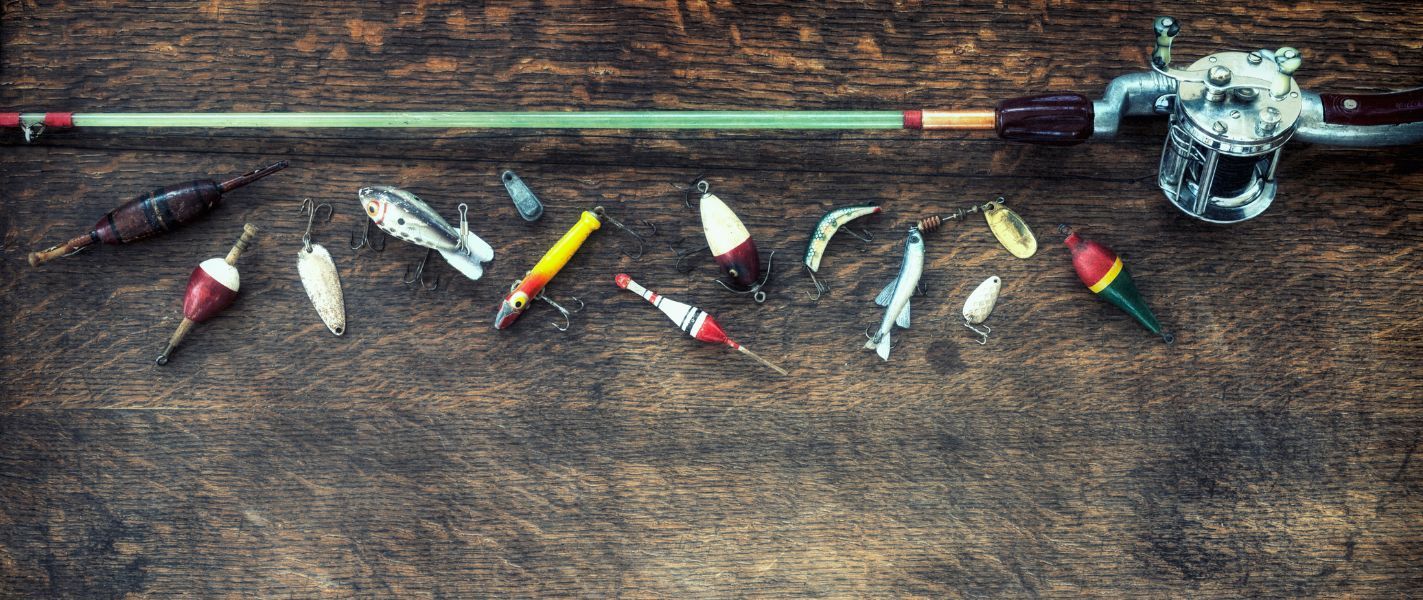
Choosing your bait
Freshwater fishing is a popular activity, practised by millions of people all over the world. One of the key elements of fishing is the choice of bait, which can vary depending on the type of fish you're trying to catch, the season and the weather conditions. In this article, we'll explore the different types of bait for freshwater fishing.
1.Live bait
Live baits are probably the most popular and effective for freshwater fishing. They include worms, earthworms, grasshoppers, crickets, mealworms, prawns, tadpoles and aquatic insects such as dragonfly larvae. These baits are particularly useful for floating line fishing and trolling.
2.Artificial baits
Artificial baits are another popular option for freshwater fishing. They include lures, spoons, jigs, soft lures, poppers, crankbaits and spinners. These baits are designed to imitate the movements and behaviour of fish, making them very attractive to fish.
3.Natural bait
Natural baits are foods that fish eat naturally. They include worms, insects, crustaceans and molluscs. Natural baits can be bought in tackle shops or collected directly from the wild. They are effective for both floating and trolling.
4.Scented baits
Scented baits are designed to attract fish by releasing odours that mimic natural fish food. Scent baits include trout pastes, eel pastes, carp pastes, fish oils and bait attractants. They can be used with live bait, artificial bait or natural bait to increase fishing efficiency.
5.Baits for fly fishing
Fly fishing is a popular fishing technique that uses specific baits to attract fish. Fly fishing baits include dry flies, nymphs, streamers and emergers. Flies are generally handmade from feathers, hair and thread to imitate the insects that fish eat.
In conclusion, the choice of bait for freshwater fishing will depend on the type of fish you are trying to catch, the weather conditions and your personal preferences.

Which fishing rod should you choose?
Freshwater fishing is a popular activity that requires the right rod for each type of fish and fishing technique. There are a wide variety of fishing rods available for freshwater fishing, each with its own characteristics and advantages. In this article, we'll look at the different types of freshwater fishing rod and their most common uses.
1.Ultra-light fishing rod
The ultra-light fishing rod is ideal for fishing for trout, bass, perch or small pike. It is generally very thin and light, with a fast action that allows you to feel the slightest touch and react quickly. It is often used with light baits, such as soft lures or small swimming fish.
2.Light fishing rod
The light fishing rod is a little sturdier than the ultra-light rod, but is still fairly thin and light. It is used for trout, pike or medium perch fishing, as well as carp fishing. It is often used with heavier baits, such as spoons, hard lures or natural baits.
3.Medium fishing rod
The medium rod is a versatile rod suitable for a variety of freshwater fishing techniques. It is often used for large carp, pike, zander or perch. It is stronger and thicker than ultra-light and lightweight rods, but still light enough to be easy to handle. It can be used with natural or artificial bait.
4.Heavy fishing rod
The heavy fishing rod is used for fishing for large freshwater fish such as pike, zander and catfish. They are thicker and stronger than light rods, allowing you to cast heavier baits and tackle bigger fish. It is often used with natural baits, such as dead fish, crayfish or worms.
5.Fly rod
The fly rod is specially designed for freshwater fly fishing. It is thin and light, with a slow, gentle action that allows the fly to be cast accurately. It is often used for trout, salmon or sea trout fishing.
In conclusion, there is a wide variety of fishing rods for freshwater fishing, each with its own characteristics.
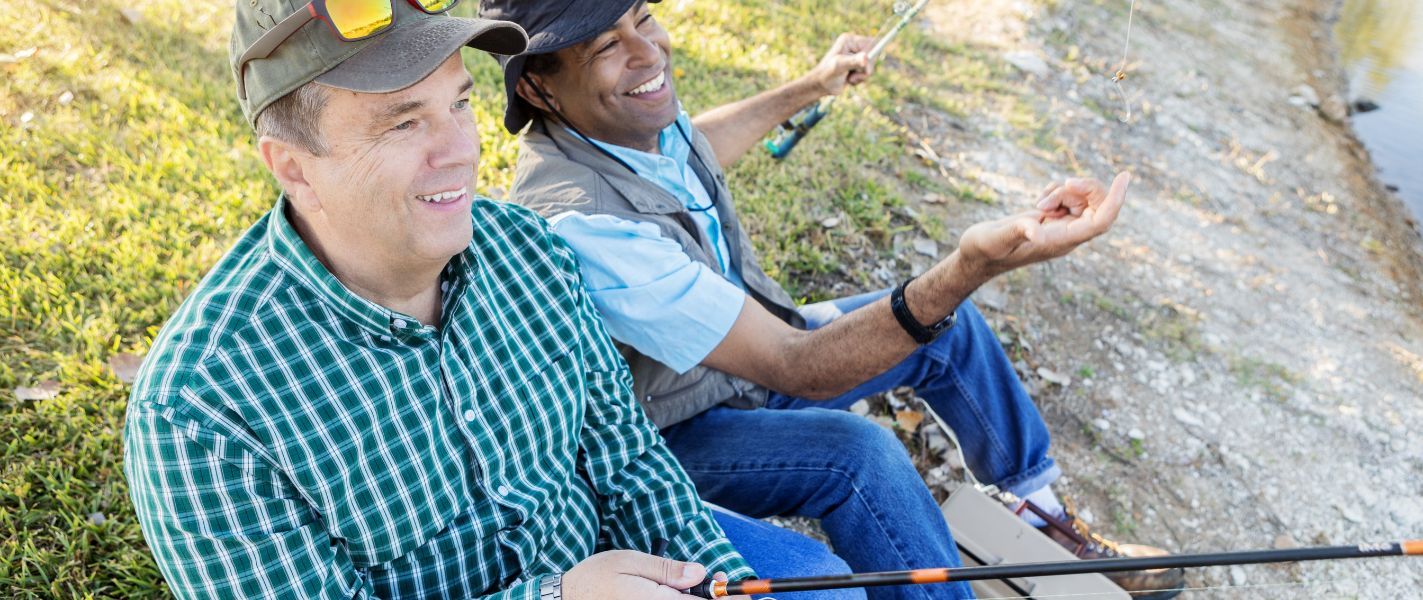
Freshwater fishing techniques
Pond fishing is a popular activity that can be enjoyed all year round. There are many different fishing techniques that can be used to target a variety of pond fish. In this article, we'll take a look at the most common pond fishing techniques.
1.Rod fishing
Rod fishing is one of the most common pond fishing techniques. It involves using a rod, line and bait to attract fish. The most commonly used baits are earthworms, maggots, corn and boilies. This technique is suitable for fishing for a wide range of fish, including carp, roach, bream, rotengle and pike.
2.Feeder fishing
Feeder fishing is a popular technique for carp fishing in ponds. It involves using a 'feeder', a small device that contains food to attract fish to your fishing area. The food is placed in the feeder, which is attached to the line. The bait is placed on a small hook at the end of the line. When the fish are attracted to the feeder, they will take the bait.
3.Lure fishing
Lure fishing is a fishing technique that uses artificial lures to attract fish. The most commonly used lures for pond fishing are soft lures, hard lures and spoons. This technique is often used to catch pike, zander, perch and black bass.
4.Fly fishing
Fly fishing is a fishing technique that uses a fly rod, a special line and an artificial fly to attract fish. This technique is often used for trout and salmon fishing in ponds.
5.Troll fishing
Trolling is a fishing technique that uses a float to keep the bait at a constant depth. The line is dropped into the water and the float is adjusted to keep the bait at the right depth. This technique is often used to fish for roach and bream in ponds.
In conclusion, pond fishing offers many possibilities for anglers of all levels. Whether you use a rod, feeder, lure, fly or pull-pull technique, there is a variety of fish to target and fishing techniques to suit all tastes.
Suivez-nous sur Instagram !
Suivez-nous sur Instagram !
Visit our instagram page @lesetangsudplateaudeslandes for all the latest fishing news from the campsite!


